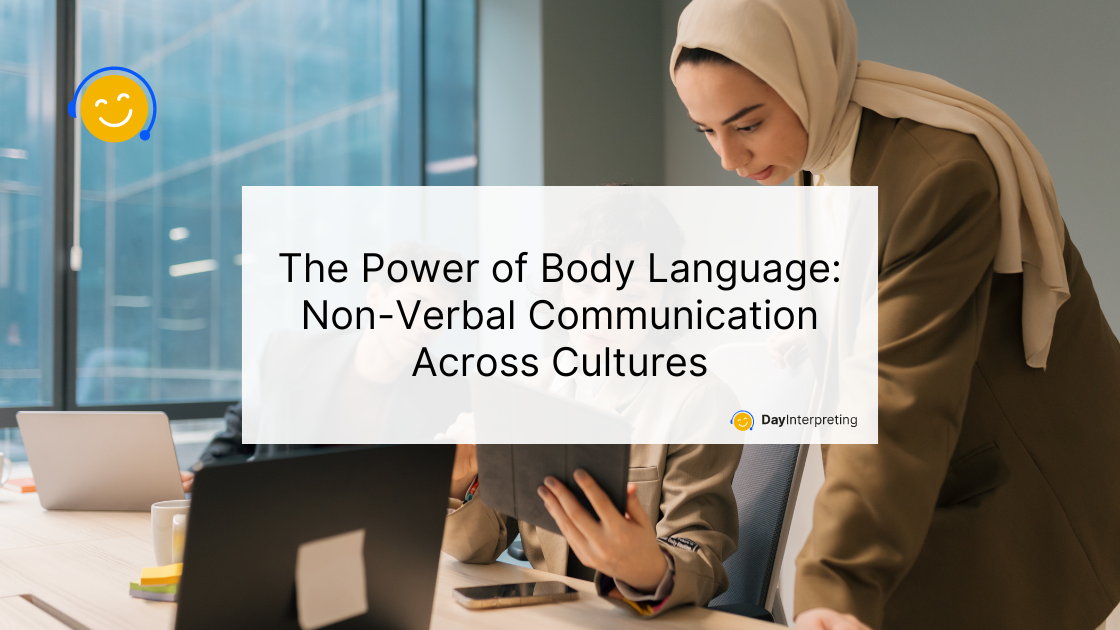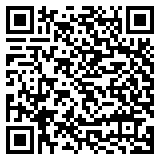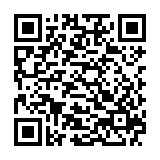Have you ever wondered what your body is saying when your mouth is silent? Your body language speaks volumes whether you’re aware of it or not. From a friendly wave to a firm handshake, non-verbal communication is a powerful tool that transcends spoken words. But did you know that non-verbal communication can mean different things in different cultures? Let’s dive into the fascinating world of non-verbal communication and explore how body language varies across the globe.
What Is Body Language?
Body language refers to the non-verbal signals we use to communicate. These include gestures, facial expressions, posture, and eye contact. Even the way we stand or move can send messages to those around us. Understanding non-verbal communication can help us connect better with others, whether we’re in our home country or traveling abroad.
Common Types of Body Language
Here are some common forms of non-verbal cues and what they typically mean:
- Gestures: Waving, pointing, and using hands while talking.
- Facial Expressions: Smiling, frowning, and raising eyebrows.
- Posture: Standing straight or slouching.
- Eye Contact: Making direct eye contact or looking away.
The Importance of Body Language
Body language plays a crucial role in communication. Studies show that up to 93% of communication is non-verbal, with body language making up a significant part of it. This means that how you say something can be just as important as what you say.
Enhancing Communication
Using positive body language can make your interactions more engaging and effective. For example, maintaining eye contact shows that you’re interested and paying attention. Smiling can create a friendly atmosphere while nodding your head can indicate agreement and understanding.
Avoiding Misunderstandings
Being aware of non-verbal cues can also help you avoid misunderstandings. For instance, crossing your arms might be seen as a defensive gesture, even if you’re feeling cold. Understanding how your non-verbal communication is perceived can improve your relationships and interactions.
Body Language Around the World
Body language isn’t universal. What might be considered polite or friendly in one culture could be rude or confusing in another. Let’s take a look at some examples of how body language varies across different cultures.
Greetings
- United States: A firm handshake is a common greeting, symbolizing confidence and respect.
- Japan: Bowing is the traditional way to greet someone, with the depth of the bow showing the level of respect.
- France: People often greet each other with a light kiss on both cheeks, known as “la bise.”
Eye Contact
- Western Cultures: Direct eye contact is often seen as a sign of confidence and honesty.
- East Asian Cultures: Prolonged eye contact can be considered rude or confrontational.
- Middle Eastern Cultures: Eye contact is important, but it should be balanced to show respect.
Hand Gestures
- Thumbs Up: A thumbs up is a sign of approval in the United States and many other countries. However, in some Middle Eastern and Asian countries, it can be an offensive gesture.
- OK Sign: Making a circle with your thumb and forefinger is a positive gesture in many cultures, but it can be an insult in Brazil and Turkey.
- Pointing: Pointing with one finger is common in the United States, but in many Asian countries, it’s more polite to point with the whole hand.
Tips for Understanding and Using Body Language
Navigating the world of non-verbal cues can be tricky, especially when you’re in a different culture. Here are some tips to help you understand and use body language effectively:
Observe and Adapt
When you’re in a new culture, take the time to observe how people use non-verbal cues. Pay attention to their gestures, expressions, and interactions. Try to adapt your own non-verbal communication to match theirs, showing respect and a willingness to connect.
Ask and Learn
Don’t be afraid to ask locals about their customs and what certain gestures mean. People often appreciate your interest in their culture and are usually happy to help you understand.
Be Mindful of Your Own Non-Verbal Cues
Remember that your non-verbal cues might be sending unintended messages. Be mindful of your gestures and expressions, especially in unfamiliar settings. When in doubt, opt for neutral and friendly body language.
Final Thoughts
Non-verbal communication is a powerful form of communication that can enhance our interactions and help us connect with people from different cultures. By understanding the nuances of non-verbal communication and being mindful of cultural differences, we can navigate the world with greater ease and respect. So, the next time you’re in a new place, remember that your body can speak just as loudly as your words.





0 Comments